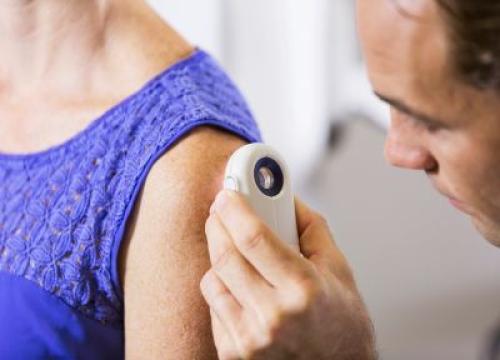Update from our CSO: Pesticides, Paraquat and Parkinson’s

We are 100+ years since the publication of James Parkinson’s essay the Shaking Palsy describing his eponymous disease. Yet, aside from a small number of individuals who have clear genetic causes to their disease, we still do not know the reason why the majority of people develop Parkinson’s disease (PD).

Based upon current research, scientists believe that Parkinson’s is most likely caused by a combination of genetic and environmental factors. The interactions between genes and the environment can be quite complex. Some environmental exposures may lower the risk of PD, while others may increase it. Learn more in our article, Pesticides and Parkinson’s: Time to Strengthen Epidemiology.
Specifically, as researchers, we need to better understand the predisposition to develop Parkinson’s based on a person’s genetics and environmental factors. One thing science has shown is that the exposure of certain chemicals in pesticides can lead to people having an increased risk developing Parkinson’s. However, it is important to note, that even when a pesticide is linked to Parkinson’s, not every person exposed to certain chemicals in pesticides will go on to develop this life-changing disease.
We understand there is a strong link to between Parkinson’s disease and pesticide and herbicide exposure and it is our responsibility as a leader in the Parkinson’s space to better understand what causes PD and to work to prevent it and help eliminate the risk of developing the disease. Limiting exposure to chemicals known to cause PD is one way to reduce one’s overall risk of developing the disease.
What should people with Parkinson’s know about Paraquat?
Paraquat is an herbicide that has been linked to Parkinson’s. It is a widely used commercial herbicide in the U.S. that is banned in 32 countries, including the European Union and China. In fact, paraquat along with another pesticide, rotenone, is routinely used in research as one of the ways to induce and study parkinsonism in animal models of PD.
The Parkinson’s Foundation, along with the Unified Parkinson’s Advocacy Council, signed two letters to the U.S. Environmental Protection Agency (EPA) encouraging them to cancel the registration of paraquat based on strong scientific research linking the herbicide to Parkinson’s disease.
In October 2020, the EPA re-approved paraquat for use in the U.S. Without additional action, paraquat will remain legal for sale and use in the U.S. for the next 15 years.
What should I know about Paraquat legal cases?
Currently, there are more than 300 lawsuits filed against Paraquat across the U.S. Due to the multitude of cases, a multidistrict litigation (commonly known as MDL) was passed to help accelerate the legal proceedings.
Talk to a lawyer — specifically a product liability attorney — if you are considering filing a lawsuit. For help locating an attorney contact your local Area Agency on Aging. The Parkinson’s Foundation is not directly involved with Paraquat lawsuits.
What’s Next?
We still need to understand the cause of PD for the majority of people living with Parkinson’s today. The Parkinson’s Foundation is committed to fund the basic science research needed to reveal what might be the cause of PD, how does it progress, and how we can ultimately stop it.
The interactions between genes and the environment are intricate. The Parkinson’s Foundation is actively working to better understand the genetics underlying PD as well as prepare the community for the next generation of therapies through our PD GENEration: Mapping the Future of Parkinson’s study.
The three main goals of PD GENEration are to accelerate clinical trials for Parkinson’s, improve PD care and research, and empower people with Parkinson’s and their care team. By undergoing genetic testing and contributing their genetic data, people can better understand their disease and help scientists in their journey to advance understanding of it.
As part of our research strategy, we work to connect and understand the biology behind Parkinson’s — including genetics — neuroscience and all Parkinson’s symptoms. Evolving our understanding in these three areas will lead us to better Parkinson’s treatments and hopefully, a cure.
More Parkinson’s Foundation Resources:
James Beck, PhD is the Senior Vice President and Chief Scientific Officer of the Parkinson's Foundation. Jim guides the Foundation’s research strategy and critical grants that support research centers, scientists and fellows.
Related Blog Posts

Disease-Modifying Research Pipeline Holds Possibility for Parkinson’s

